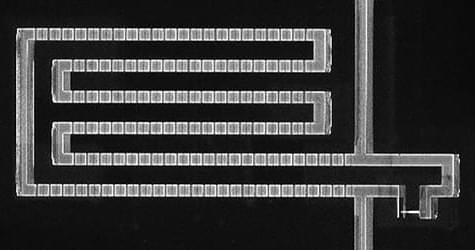The company achieved this milestone for the first time in its 48-year history.
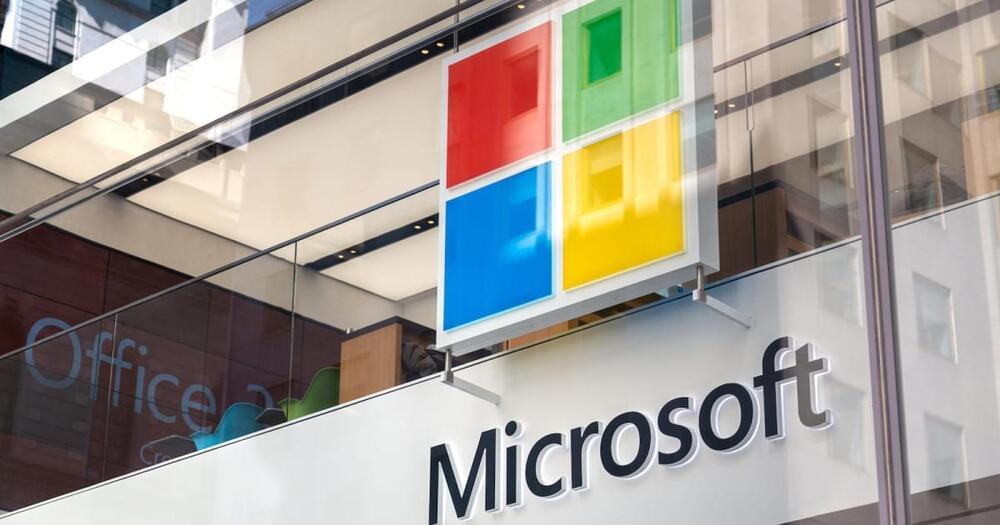


A new personalised treatment is seeing a number of cancer patients beat the disease with just one tablet a day thanks to a precise tool being used at Sydney’…
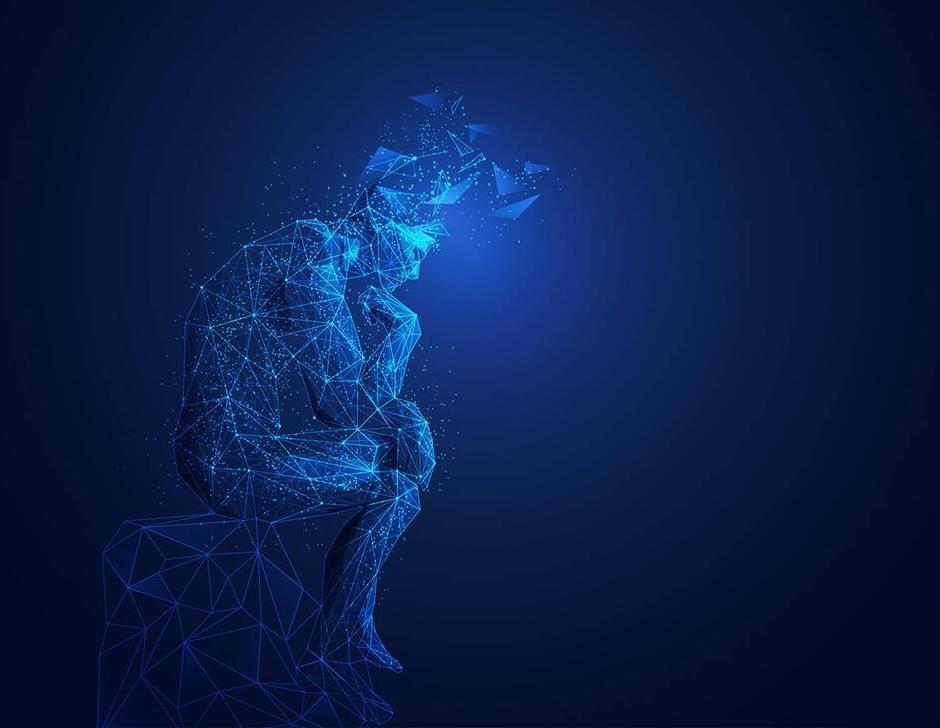


Authored by James Rickards via DailyReckoning.com,
I’ve covered a wide variety of potential crises over the years.
These include natural disasters, pandemics, social unrest and financial collapse. That’s a daunting list.
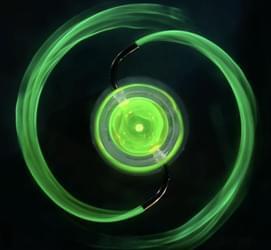
Which direction would an S-shaped lawn sprinkler rotate if it were submerged and the flow were reversed? Experiments now provide a definitive answer.
Physicist Richard Feynman wondered what would happen if an S-shaped lawn sprinkler, which rotates as water squirts out, were placed underwater and had its flow direction reversed, so that it sucked water in. Which direction would it rotate? Experiments have given conflicting answers, but now researchers have provided what appears to be a definitive resolution [1]. When sucking water in, the sprinkler reverses its rotational direction, and the motion is unsteady and much slower. The explanation involves the details of fluid flow in the sprinkler geometry.
“The answer is perfectly clear at first sight,” wrote Feynman about this puzzle in his 1985 book, Surely You’re Joking, Mr. Feynman. “The trouble was, some guy would think it was perfectly clear [that the rotation would be] one way, and another guy would think it was perfectly clear the other way.” Since then, some experiments have shown steady reverse rotation [2, 3], some showed only transient rotation [4– 6], and some situations led to unsteady rotation that changed direction [3] or proceeded in a direction that depended on the experimental geometry [4– 6].
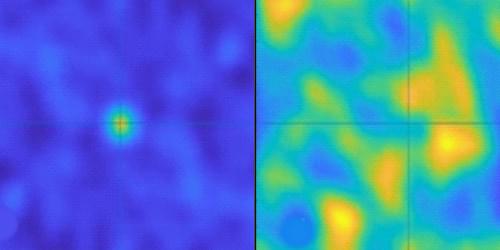
Theorists predict that the melting of a crystalline solid happens in three stages. First, a liquid film forms on the surface. Second, defects between neighboring crystallites fluidize, causing the crystal to lose its rigidity. And third, the remaining solid parts liquefy. Researchers have observed the first and third stages of this melting process but not, until now, the second. By measuring how laser light scatters off heated crystalline tin samples, Emil Polturak and Steve Lipson of Technion–Israel Institute of Technology have detected changes in the samples’ shape that they show correspond to the melting of defects known as grain boundaries [1]. The study provides an optical tool for examining melting stages in metallic crystals.
For their demonstration, Polturak and Lipson placed a 1-mm-thick tin sample inside a sealed chamber and directed a green laser beam at its surface. They then heated the sample from 175 o C to 232 o C—the bulk melting point of tin—while taking snapshots of the light that scattered off the sample’s surface. The duo then used these snapshots to search for changes in the profile of the surface as the sample melted.
Up to 224 o C, pairs of sequential images were close to identical. This correlation decreased by nearly 50% at 225 o C—the temperature predicted for the onset of grain-boundary melting in tin. Polturak and Lipson say that once boundaries become fluid, grains can reorient themselves to change the sample’s volume and shape, which can impact its surface profile. Being able to observe and distinguish the three stages of melting could improve models of melting—a phenomenon that, despite its ubiquity, Polturak and Lipson say remains a “work in progress” in terms of understanding.
